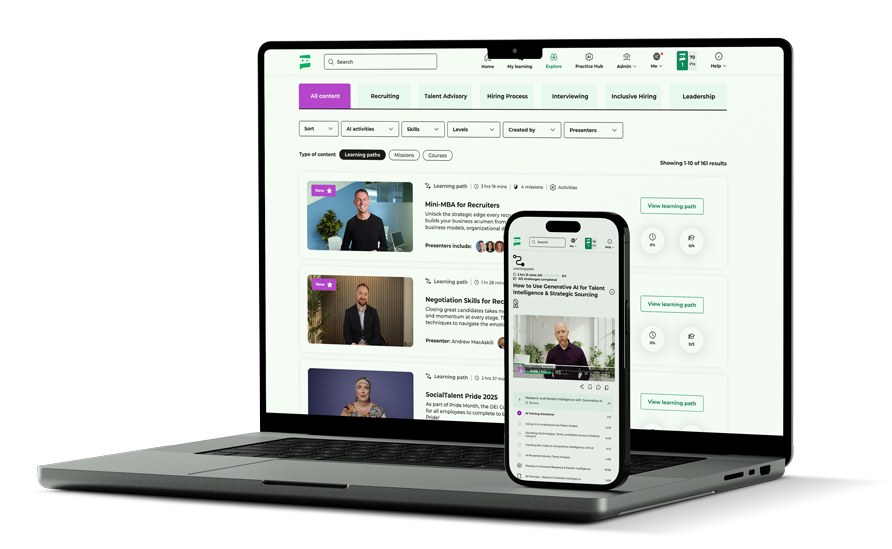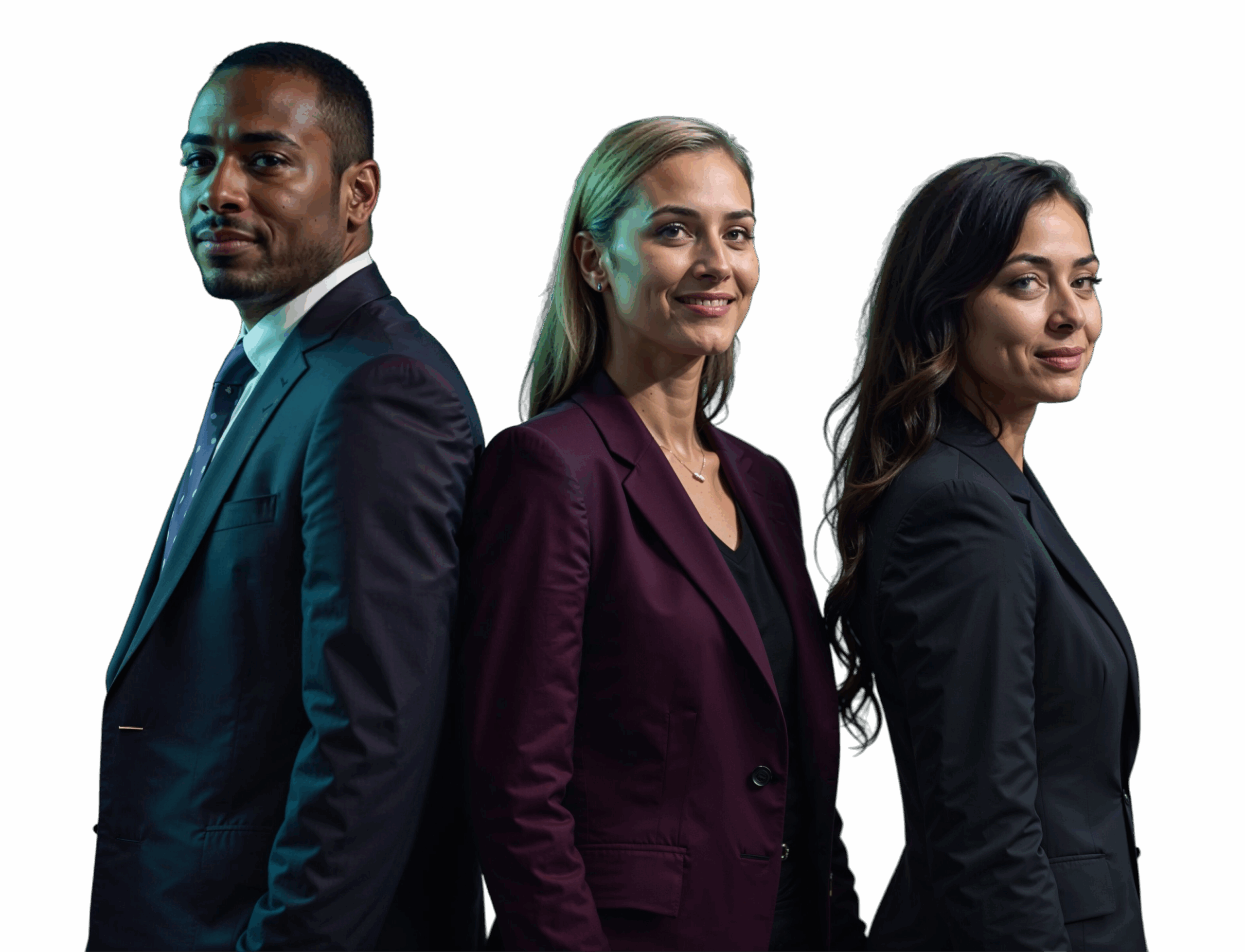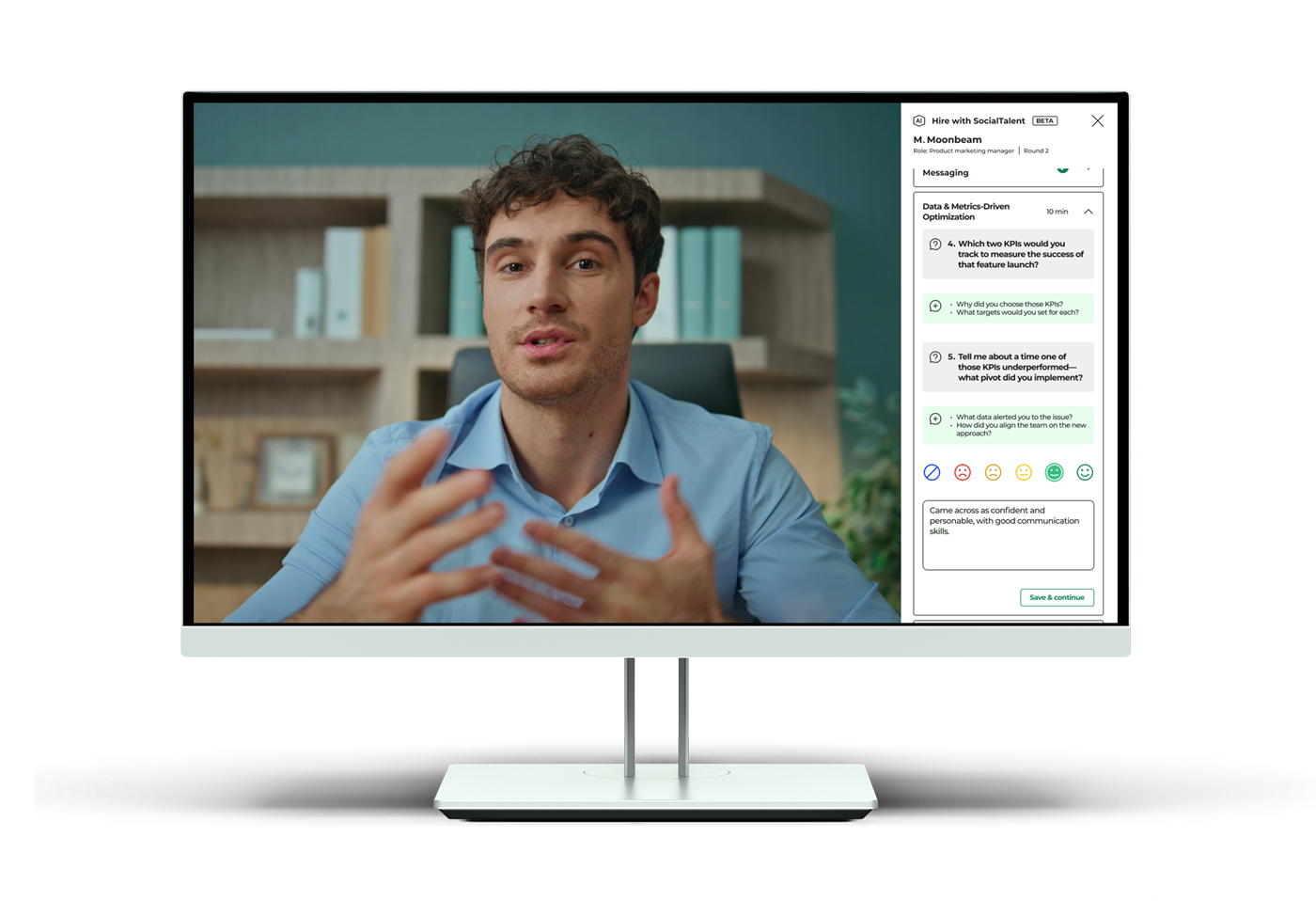By Craig
There’s a quiet revolution happening in hiring practices as more organisations understand the significance of creating welcoming interview environments. Let’s be honest: the traditional interview setting can often feel intimidating and unfriendly. This shift in perspective is not just about making interviews more pleasant, it’s about recognising how crucial the environment is in impacting the overall quality of the hiring process. The surroundings and atmosphere play a big role in determining how candidates perform and how the interaction unfolds. When the environment supports openness and comfort, both the candidate and the interviewer have a chance to show their best selves.
But here’s what’s actually happening in many organisations: interviews take place in rooms that are starkly formal or on virtual platforms that feel disconnected. This approach often falls short in capturing a candidate’s true potential and may hamper honest communication. There’s a lot at stake, and understanding how to make interviews more welcoming could be key to transforming your hiring process.
Creating a More Inclusive Interview Environment: Setting the Stage
Developing a truly inclusive interview space is more than just ticking a checklist, it’s about fostering a genuine sense of belonging and openness. Picture a typical interview room: a plain table, formal seating, maybe a motivational poster or two on the walls. These setups can feel intimidating and even stifle a candidate’s ability to communicate freely. The truth is, a rigid environment often mirrors rigid interviewing methods that leave little room for the kind of engagement we should be aiming for.
The process of setting the stage for a more inclusive environment starts with acknowledging the common shortcomings of these traditional settings. They often lack personal warmth and are filled with unnecessary barriers. Imagine sitting across from an interviewer in an inflexible chair beneath a glaring spotlight. Not exactly a setting that invites honest conversation. So, what’s the alternative? We need to create environments that naturally put people at ease.
An inclusive interview environment means looking at every element of the space, from lighting to layout. Here are some ways this can be achieved:
– Choose rooms with adjustable lighting instead of harsh artificial lights
– Use seating arrangements that feel natural, like angled chairs instead of directly across from each other
– Add a few friendly touches to the decor that reflect the company culture without being too formal
– Offer small gestures like water, coffee, or tea to ease tension and create a sense of hospitality
A well-thought-out interview environment does more than just break the ice, it helps support genuine dialogue. When candidates feel relaxed and supported by their surroundings, they’re simply more likely to give you an accurate reflection of who they are. And let’s not forget, this kind of interaction goes both ways and it reflects positively on your organisation too.
Reimagining the Interview Space
Creating an inviting and inclusive space isn’t just about moving chairs around. It requires a shift in how we approach the interview experience altogether. Physical and virtual environments both have room for improvement.
Let’s start with the physical space. A few small adjustments here and there can make a big impact. Consider using rooms that feel private yet open, with natural lighting and soft colours that encourage calm. Comfortable furniture that allows for a relaxed posture think armchairs rather than stiff office chairs can help reduce interview anxiety.
Now on to virtual interviews. These setups often feel awkward and disconnected. But they don’t have to. Make sure the platform works smoothly on both ends so you’re not losing valuable time to tech hiccups. Use video backgrounds that look personable while still being professional. Avoid harsh lighting and bland, empty walls. The goal is to create that same sense of comfort and authenticity you’d get in person.
Something that often goes overlooked is digital body language. Things like eye contact, a warm smile, and simple encouragement through nods go a long way, even over a screen. Whether you’re chatting from an office or your living room, what matters is making the candidate feel like they’re speaking with someone who’s genuinely engaged.
Interview Techniques for Comfort and Openness
Now let’s look at how your actual interview technique plays into all of this. You can have the best setup in the world, but if your methods are rigid and cold, it won’t matter.
Far too often, interviews kick off with hard-hitting questions before the candidate’s even had a moment to get settled. Start things off with lighter, personable conversation. It gives both parties a chance to find common ground and relax into the moment.
Flexibility is key. Not every question needs to follow a strict format. Sometimes the most valuable details come from an unexpected direction. Using open-ended questions allows candidates to explore their responses and gives you a more rounded view of their experience.
Active listening can’t be stressed enough. It’s more than just letting someone talk. It’s about showing you’re paying attention. Repeat key points, ask follow-ups that show genuine interest, and avoid interrupting. When a candidate feels truly heard, it opens the door to honest and meaningful conversations that you just don’t get from the typical Q&A script.
Promoting Transparency Throughout the Process
If there’s one thing candidates constantly ask for, it’s clarity. People want to know what’s coming next. And when they don’t, it creates doubt and not just about the job, but about the organisation behind it.
It starts with being upfront. From the very first email or phone call, outline how the hiring process is structured. How many rounds are there? Will there be assessments? Who’s involved? Being open about these details shows respect for the candidate’s time and effort.
During the interview itself, it helps to explain why certain questions are being asked or what the interviewer is hoping to learn. This removes the guesswork and sets the tone for an open conversation rather than a pressure test.
Then there’s post-interview communication. This is often where the silence creeps in but it shouldn’t. Let candidates know what the next step is and when they can expect to hear from you. Even if the answer is a delay or a changed plan, honest updates build trust. When people know what to expect, they feel respected and stay engaged, which leaves a lasting, positive impression, no matter the outcome.
The Role of Training in Improving Interview Quality
Interviewing might seem straightforward, but the truth is there’s always room for growth. Just like any other skill, it improves with continuous learning and feedback. That’s where structured training steps in.
Many interviewers rely on habits or outdated methods without even realising the negative impact. Regular training helps teams evaluate what’s working, what isn’t, and what new strategies are worth adopting.
Training sessions can cover a range of topics, from how to spot unconscious bias to ways of creating better rapport with candidates. It gives interviewers a chance to refine their questioning style and assess how well they’re creating a welcoming experience.
More importantly, it keeps your hiring process aligned across the board. When every member of your team applies the same high standard to interviews, your candidates get a consistent and fair experience no matter who they meet.
Interviewer training isn’t about creating a scripted process. It’s about giving your team the tools to adapt their techniques with confidence and purpose. Small shifts in how you approach conversations can make a massive impact on the quality of hires and the reputation of your hiring brand.
Rethinking Interviews Starts with Intentional Action
Let’s be real, the old way of doing things just isn’t cutting it anymore. A cold, impersonal interview space and a rigid script don’t tell you what a person is capable of. It’s time to rework the experience from start to finish, not just for the sake of candidates but for building stronger teams.
Creating inclusive spaces, using thoughtful techniques, being transparent about the process, and investing in training aren’t just good practices they’re necessary steps in moving your hiring process forward.
Once your team starts thinking about the interview setting as a two-way experience, everything changes. You’re not just trying to fill a role, you’re building relationships that will shape your company’s future. And that’s something worth doing right.
If you’re ready to refine your approach and develop the skills necessary for successful and inclusive hiring, explore the opportunities available through our expert training in recruitment. At SocialTalent, we’re committed to helping you elevate your interviewing strategies and create a better experience for both candidates and recruiters. Dive into our tailored learning programmes and see how we can support your team’s development journey.


